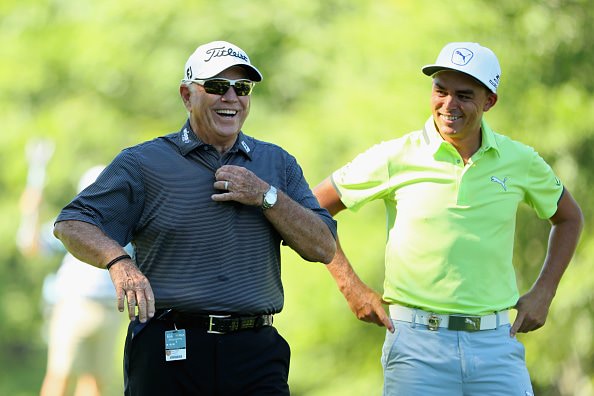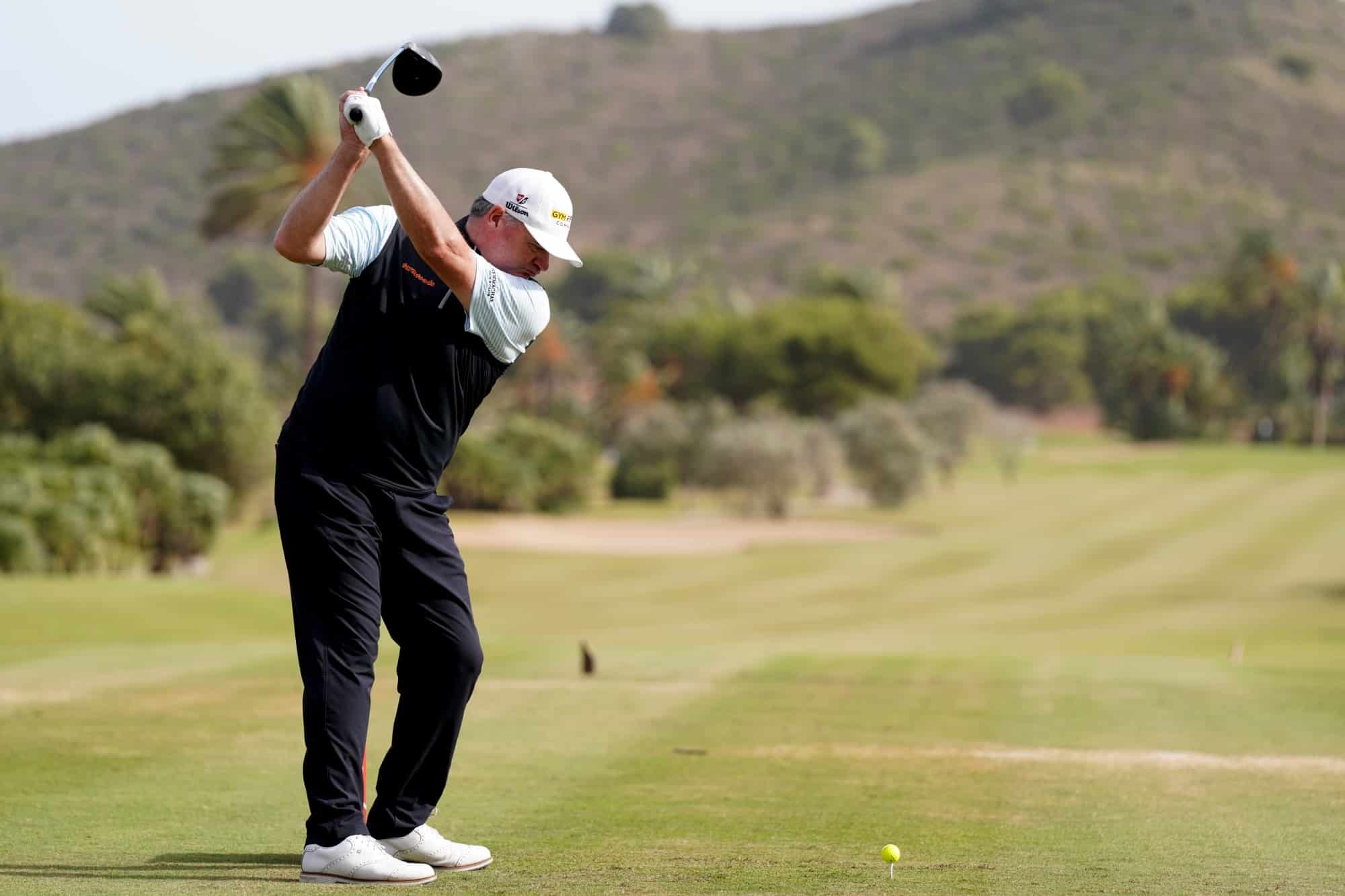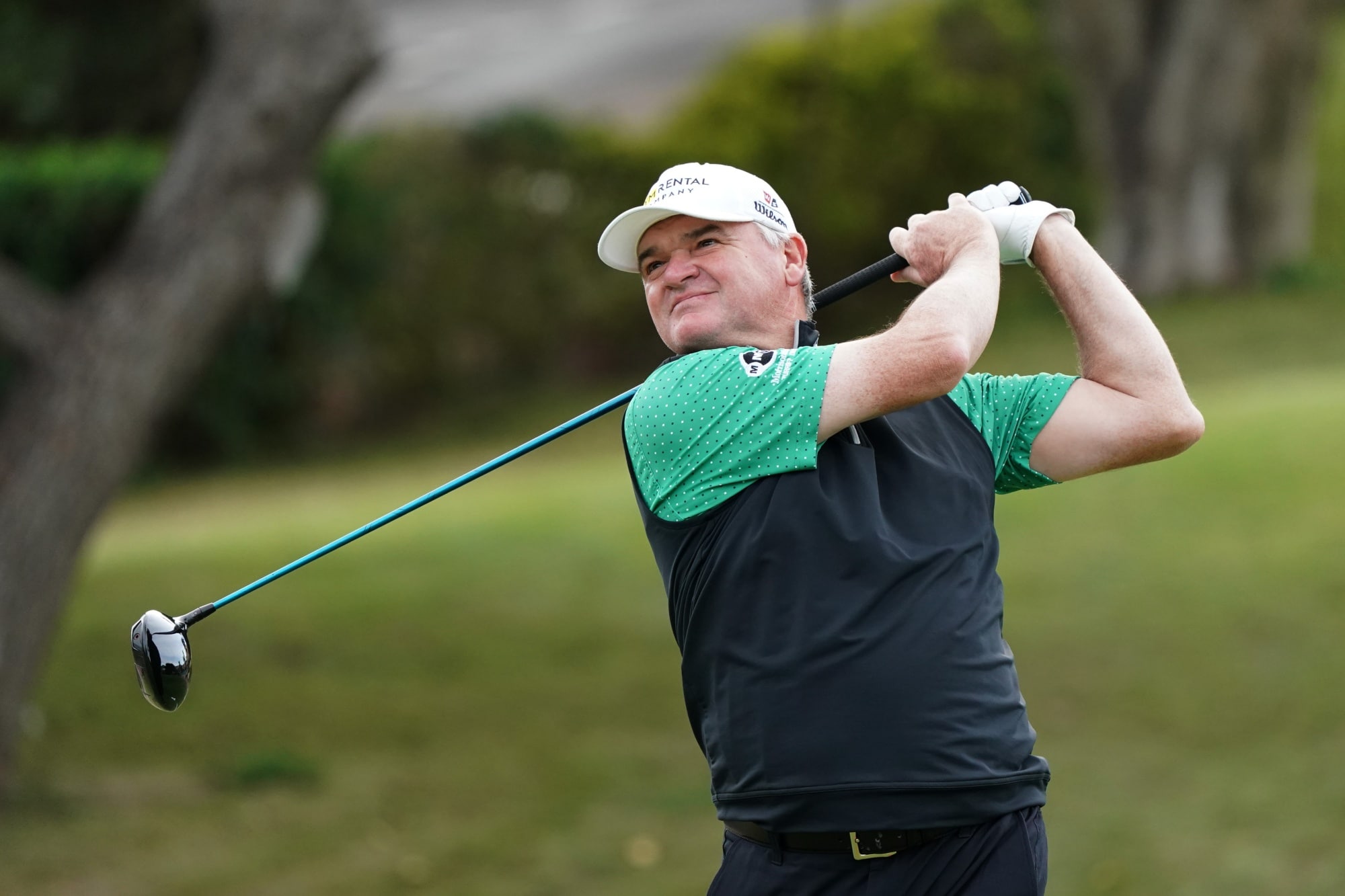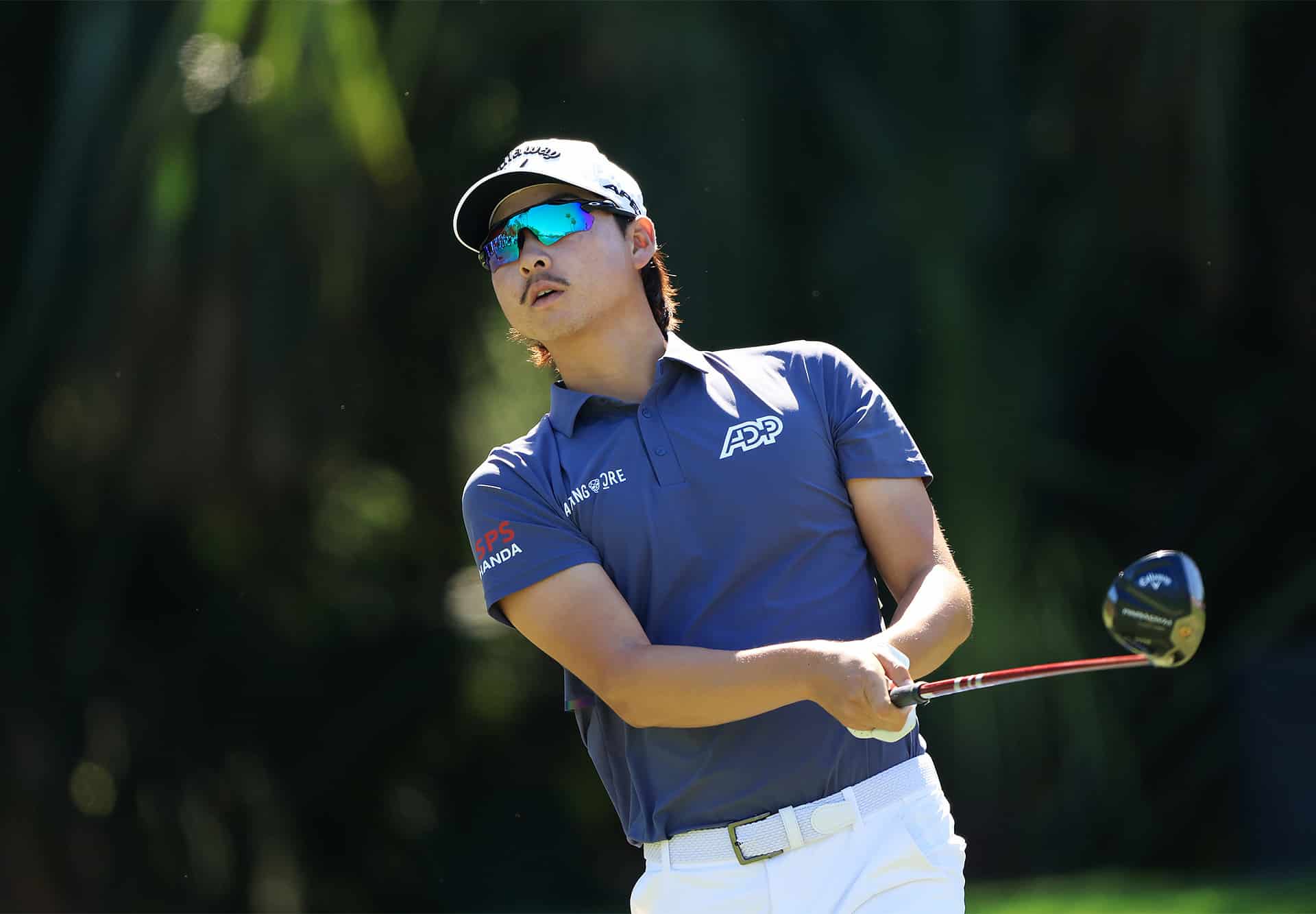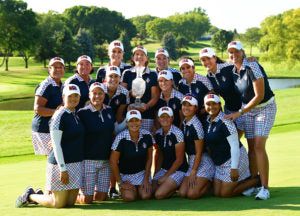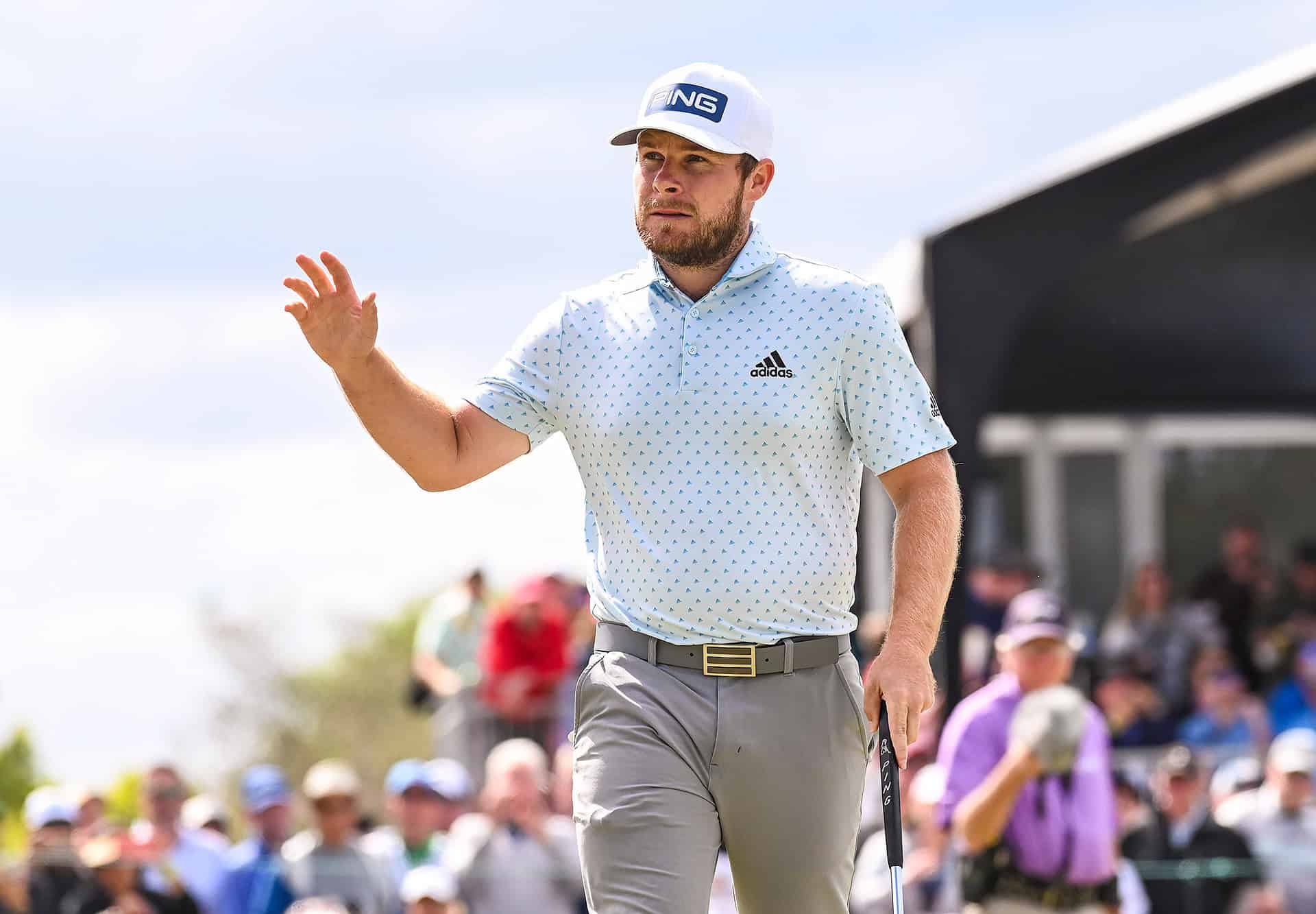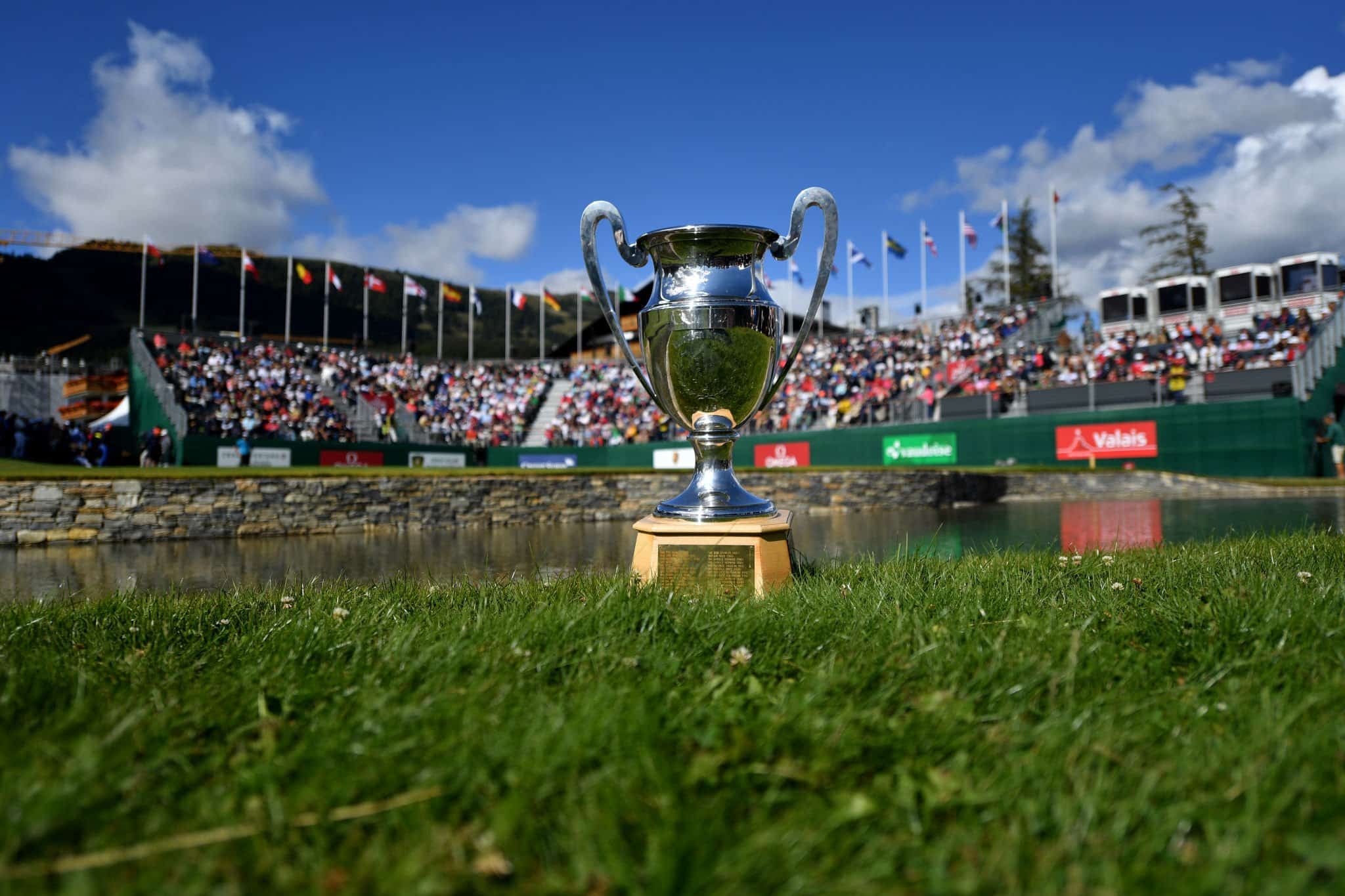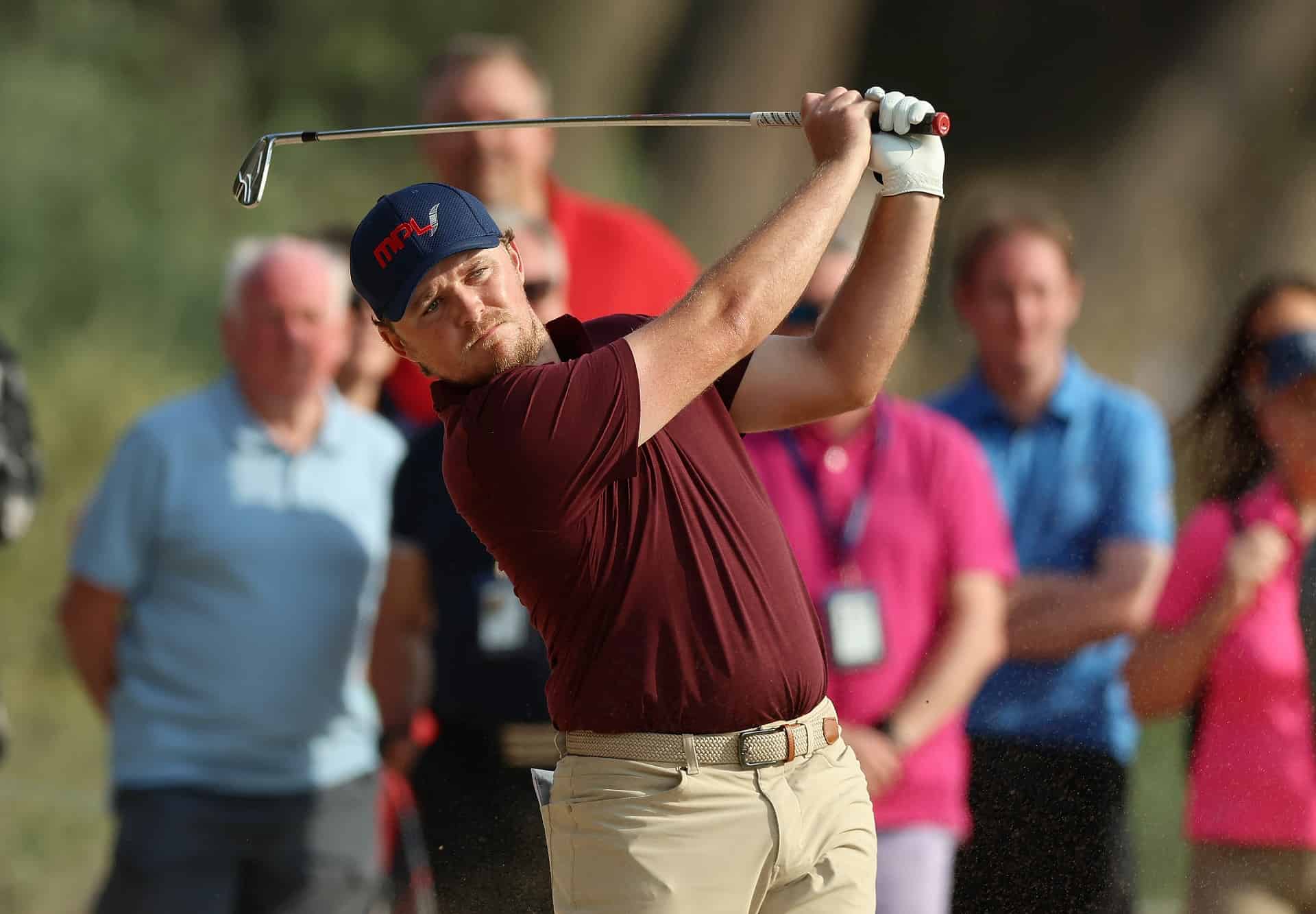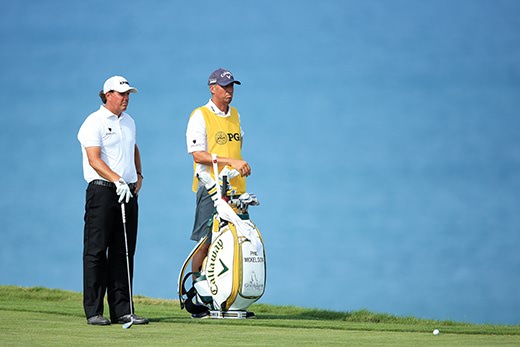
Why caddies shouldn’t expect everlasting gratitude
This summer Phil Mickelson caused a major surprise when he elected to sack his caddie Jim ‘Bones’ Mackay.
Most tour players regularly switch caddies but what made this split so newsworthy was that the pair had been together for 25 years.
The next player to make the same move was Rory McIlroy, who during the Open praised JP Fitzgerald for his contribution to his team’s cause but then the following week abruptly ended an association that had yielded four majors and 26 tour titles.
Arguably the biggest surprise of the lot came during the recent FedEx Series on the PGA Tour when out of the blue Jason Day announced he was breaking up with Colin Swatton.
The Australian had frequently cited Swatton as a father figure who had helped him overcome his troubles as a youth but even that was not enough to save him from the sack.
In all three instances the players concerned intimated they took the decision to preserve their friendships with their colleagues but clearly there was much more to it than that.
The fact that all three were struggling with their games was surely a factor.
Day was the only one to go into any great detail about his decision.
“I’m not breaking up with him,” the former World No. 1 insisted. “He’s still my coach and always will be. We’re still close, and we’ll always be close, but when you’re playing poorly, that’s when a true test of a relationship happens between a player and a caddie.
“Col has taken me from a 12-year-old kid to where I am today but slowly, over time, we’ve lost a bit of the chemistry between us.”
In typically self-deprecating fashion the late Dave Musgrove used to say that all a caddie had to do was to “turn up, keep up and shut up” but that is clearly not the case, not if you are to carve out a successful career working for the likes of Seve Ballesteros, Sandy Lyle and Lee Janzen.
A successful tour caddie must be capable of much more than simply carrying a 40lb bag over rough terrain.
He – or she – also has to be a mathematician, a wing gauge, a nursemaid, a friend, a psychiatrist, a valet and sometimes even a punchbag because few players ever admit to being wrong when it comes to club selection or the choice of a shot.
Day’s use of the word chemistry in his explanation why he felt he needed a change is interesting and probably gets to the nub of the matter in all three cases.
There is a very fine line between success and failure at the top of the professional game and if a player feels his relationship with his caddie is not working quite as well as it once did there can only be one outcome. The player is always the boss after all.
Chemistry between a player and a caddie is a difficult concept to describe but it was also much in evidence during the final round of the recent Open at Royal Birkdale when Jordan Spieth and his caddie Michael Greller found themselves in uncharted territory to the right of the 13th hole.
Even Mackay was impressed as he watched the pair calmly assess their options and then work out the yardage they had once they had taken a free drop on the practice ground.
“Jordan was off the grid there,” Mackay told his viewers while working as an on-course commentator for NBC. “You could make the argument that it was the most critical yardage ever given to a player in the history of golf.”
A couple of hours later Spieth himself also praised Greller, both for his input at that hole and also earlier when he helped him regain his composure after a dreadful start.
Greller showed that day just how much a top caddie can help a player. However, he knows better than to expect everlasting gratitude because that’s not the way it works.
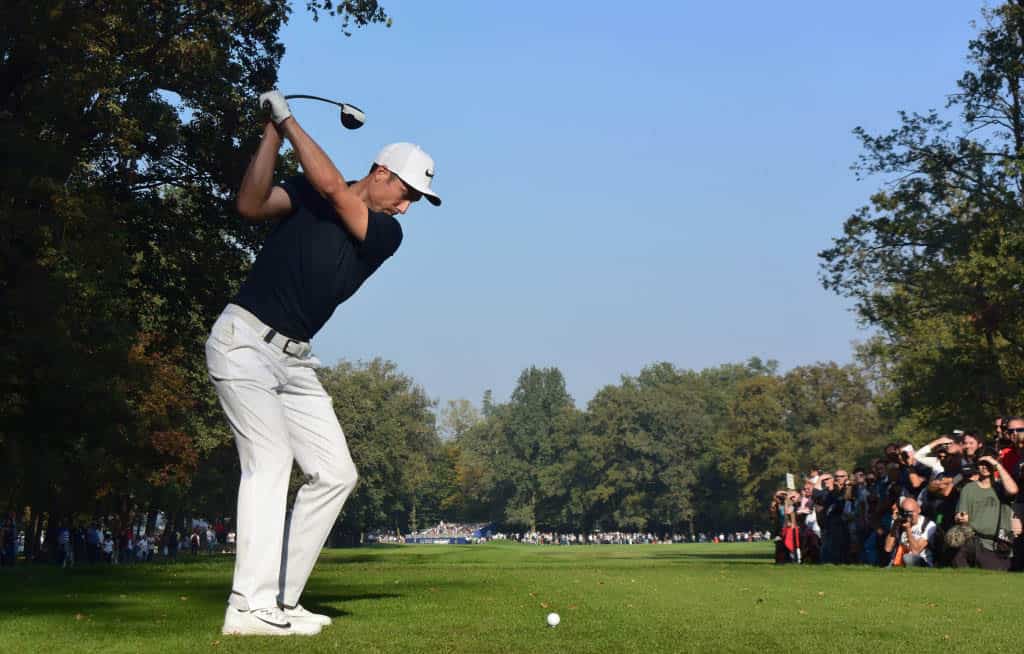
Why we disagree with Player’s criticism of low scores at St Andrews
